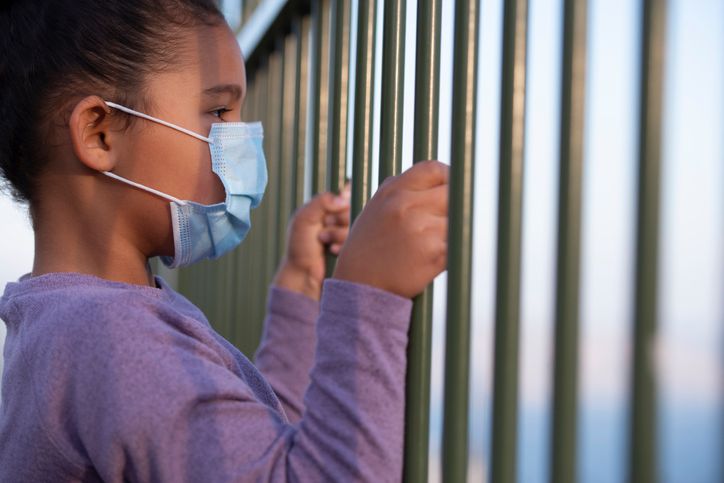Introduction
Once upon a time, in a region not so far away, a system was designed and rooted in an ideology that black, indigenous, and people of color were inferior to other races. This overarching doctrine permeated individual's way of thinking, even extending to the land’s systems and institutions. These complex systems present as an engineering of levers and pulleys created specifically to uphold white supremacy. Racism, privilege, access, ignorance and apathy are just a few of the many manifestations of the powerful system. This sophisticated system was tested time and time again, leaving behind a legacy of slavery, jim crow, lynching, mob violence, police brutality, medical experimentation, disenfranchisement, educational and employment discrimination, and mass incarceration are just a few of the system’s materializations.
In a time not so long ago, the system continued to bleed with a structure tantamount to state-sponsored segregation called redlining, followed by racialized zoning and covenants, blockbusting, subprime mortgages, and deliberate evasions of the Fair Housing Act. Subtle and overt systemic racism, marginalization, abuse, and killing of black and brown communities continues to be the dominant paradigm under which our society operates. This insidious system has stood the test of time. In fact, the system is currently working as intended.
Upon the release of the Housing Indicator Tool (HIT), the coronavirus pandemic has ravaged communities across the country, reporting 443,707 deaths and 26,285,945 active cases. Here, within our own Capital Region, 14,450 have succumbed to the vicious virus with 904,059 active case numbers and multiple variants of the virus circulating globally.COVID-19 figures were collected as of February 2, 2021.
These staggering numbers are not simply the results of the deadly outbreak, rather a pronounced illustration of a complex, multi-layered system that only serves a fraction of our residents. Recognized as a super-region, our jurisdictions overflow with an abundance of wealth and resources.In fact, the Capital Region is home to over 10 million people and boasts the third largest economy in the United States, and seventh largest economy in the world.We also house 22 companies in the Fortune 500, one of the country’s most talented workforces, world-class universities and the U.S. federal government. Yet we face a housing affordability crisis that has no sign of slowing down. In the District alone, despite minimum wage being $15 – it would take 88 work hours per week to afford a two-bedroom rental, and even higher numbers in Maryland and Virginia at 102 and 130 work hours, respectively.
The affordable housing shortage we knew prior to the onset of COVID-19 took on an entirely new meaning over the last year. The urgency of having a safe, affordable home has never been clearer. Simultaneously, we are seeing a heightened awareness of the need for racial equity across the board – not just in housing, but in access to basic services, health care, living wage jobs, education and law enforcement. These statistics are not just figures - they tell a story of what happens when we don’t fully invest in our communities and the residents who live in them.
We know that where we live has strong ties to every aspect of our lives – where we work and go to school, where we worship, economic mobility, proximity to loved ones, and our health. COVID-19 was a stark example of how reliant we are on each other for our survival. From the doctors and nurses at our hospitals to the home health aides caring for our aging parents and our children’s teachers who are weathering distance learning, we need each other. Our health depends on their health. When we all have stable, affordable housing, we can prioritize our wellness and show up for each other. Our region prospers most when we all prosper.
